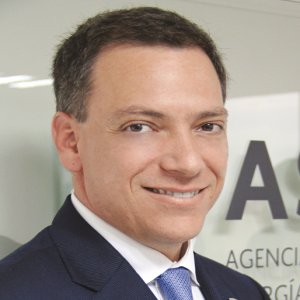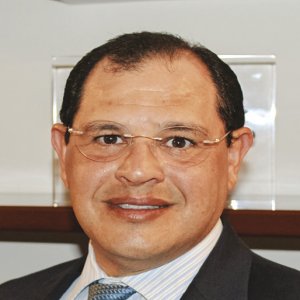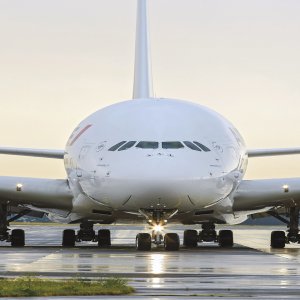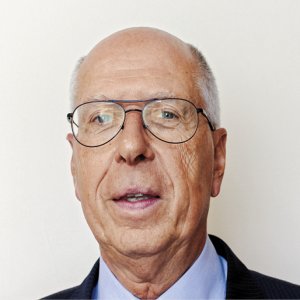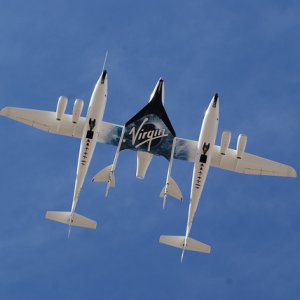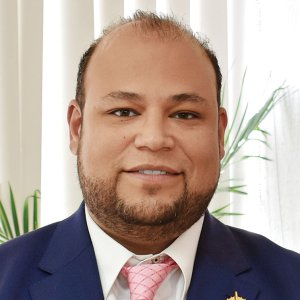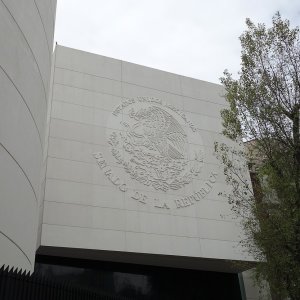MRO Eyes Hangar Expansion, Wide Bodies for Growth

STORY INLINE POST
Q: What are Mexicana MRO’s growth projections and expansion plans for 2017?
A: Our main hangar will be expanded in the second half of 2017 to add more production lines, with the capability to serve narrow and wide-body planes. We feel secure in our growth, to the point where we have expanded our three traditional service lines of major maintenance, line maintenance and components. The company plans to begin managing structural conversions as part of our 2017-18 business plan.
Mexicana MRO will likely close 2017 with 9.5 production lines, up from an average of 6.7 in 2016. Our growth is partly a reflection of three new clients that joined our portfolio. We also began to target the European market, for which we hold the EASA certification.
Becoming the first MRO to join ALTA also helped raise our profile among new clients. The association invited us to be speakers at its event in May 2017 in Cancun. These networking opportunities increase our visibility, which supports our ongoing growth.
Q: What is Mexicana MRO doing to sustain the growth it is enjoying?
A: Growth implies more production and more training because of the additional technicians required to handle the increase in clients. We secured new certifications in 2017, for a total of 19, which should be enough for the time-being, unless we sign a new client that merits additional certifications. Some of our previous certifications that were limited to painting have been expanded to incorporate maintenance and now cover Costa Rica, El Salvador and Panama.
In terms of training, we have relationships with several schools but continue to train technicians onsite because we feel that graduates are arriving at our workshops without all the requisite qualifications. Many lack technique and practical experience because only a few schools have access to several aircraft models. Our standards stipulate that technicians should ideally have two years of seniority to work on an aircraft. In 2016, we reinforced our classroom training capacities and increased our staff numbers, reiterating that on-the-job training for Mexicana MRO technicians should be at least 18 months.
UNAQ has also been working to improve its course content through an agreement with Mexicana MRO. Often, the university sends technicians to gain experience at our hangar and to certify them. Our focus for 2017 is to train 250-300 new technicians to service the business that we foresee for 2018.
Q: Being an MRO located in North America, how alluring is the US market?
A: We have two lessors in the US market but with competition so high, we will hold back from entering that market further. Despite increased traffic from the US, most growth is happening in Latin America. Entering the Latin American market is easier because it is covered by the same certifications. Leading global consultancy ICF has reported a trend of impressive growth in this market in the last two years and we are targeting it more directly. The company is also looking to Europe because many wide-body planes arrive to Mexico from there. For the moment, we see more potential in the wide-body market, and European carriers could represent between 10 and 15 percent of our business portfolio.
Latin America represents 90-95 percent of our operations, of which 25 percent is in Mexico. Diversification could help us achieve sustainable growth. We work with several Mexican carriers and have eight operators throughout Latin America that are regular clients. Mexicana MRO is becoming a reference point for Latin America and we are close to becoming the top company in our sector.

